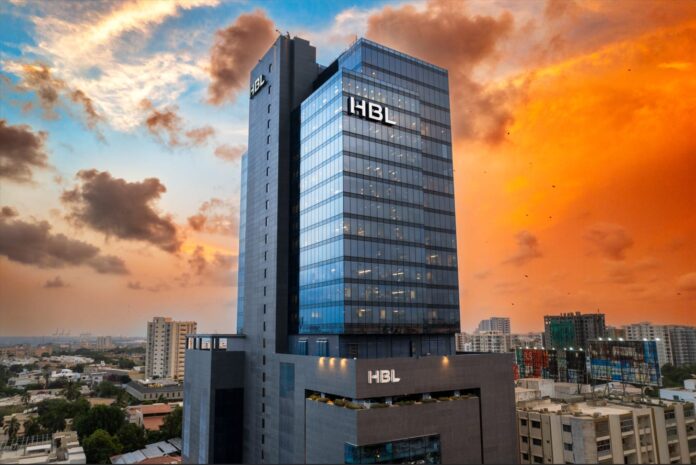Pakistan, Karachi – 04 June 2025: The headline HBL Pakistan Manufacturing PMI fell to an 8-month low of 51.1 in May from 51.9 in April, reflecting a notable slowdown in business activity from the series peak in December. Analysts attribute the decline to disruptions caused by the recent geopolitical unrest and raw material shortages linked to road closures.
The HBL S&P Manufacturing PMI, serves as a key economic indicator, offering a clearer & timely signal of business conditions compared to traditional GDP data. Unlike GDP, which is published quarterly and often revised, the PMI delivers real-time economic signals, showing a stronger correlation with equity markets. The exclusion of public sector activities partially helps explain why the PMI survey’s global output index exhibits a higher correlation with equities.
Humaira Qamar, Head of Equities & Research – HBL, commented on the latest report, stating “The moderation in business activity was driven by a contraction in new orders—the most forward-looking subindex—emanating from geopolitical unrest and logistical disruptions. Export orders declined for a second consecutive month, further dampening business sentiment. While output expanded, it was mainly driven by the completion of existing orders.
Despite temporary headwinds, including tariffs & geopolitical unrest, the outlook for the manufacturing sector remains optimistic. The survey indicates strong business confidence in production growth over the next year, fueled by expectations of improving demand.”
Humaira mentioned that although interest rates are at their lowest in 3 years, the government’s contractionary fiscal stance continues to keep growth prospects in check. Provisional estimates showed GDP growing at a modest 2.7% in FY25, up only slightly from 2.5% last year.
This year’s Federal budget is set for release on June 10 in close coordination with the IMF, where the authorities are expected to continue strong consolidation efforts, targeting a primary budget surplus of 1.6% of GDP, the third consecutive surplus. According to Humaira, FBR tax revenues are expected to rise 16%, outpacing nominal GDP growth, pointing to the limited scope for tax relief in the upcoming budget.
She further stated “To uphold fiscal discipline & offset potential tax shortfalls, the government will likely bolster non-tax revenues—through higher levies on petroleum products—and tighten development expenditures. However, defense spending may remain insulated from cuts, given the prevailing geopolitical landscape.”
























